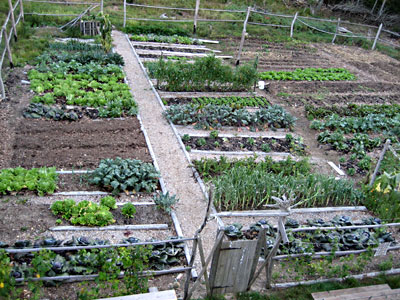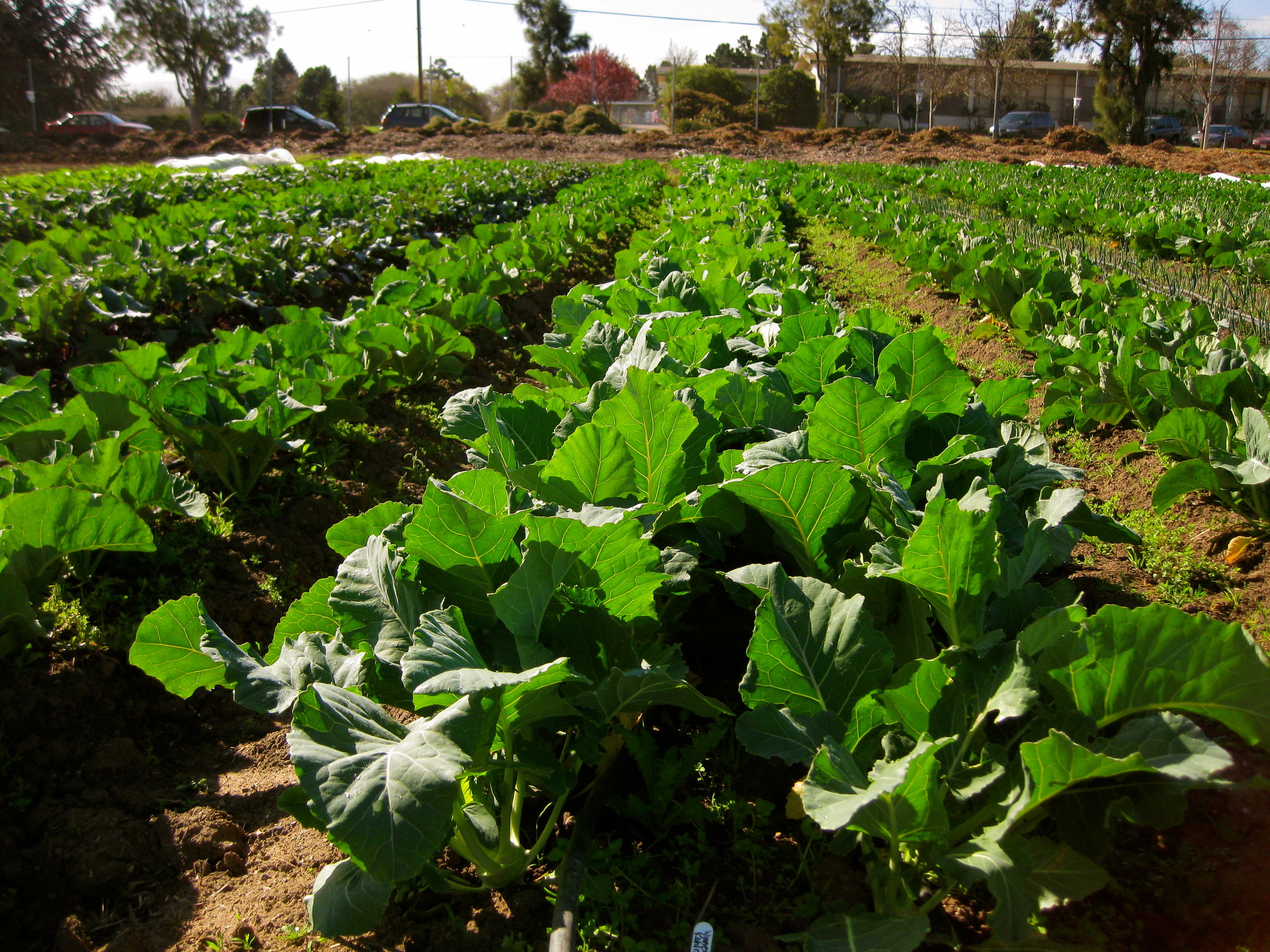What to Cultivate in Your Homestead Gardening Setup
What to Cultivate in Your Homestead Gardening Setup
Blog Article
Learn Exactly How to Cultivate a Thriving Horticulture Setting for All Ability Levels
Creating a prospering yard is a diverse endeavor that can be embraced by people at any type of skill degree. By taking a look at crucial components such as dirt health and wellness, suitable plant selection, and seasonal treatment routines, one can develop a lasting gardening practice that generates satisfying outcomes. Comprehending how to assess and improve your garden room lays the foundation for success. The ins and outs of executing these concepts frequently present challenges that can prevent also the most enthusiastic amateur. What strategies can be used to get rid of these obstacles and foster an absolutely flourishing setting?
Understanding Your Garden Room
In the world of gardening, comprehending your yard room is paramount to cultivating a prospering landscape (Homestead Gardening). The very first step in this endeavor includes examining the details characteristics of your plot. Aspects such as dirt make-up, sunshine direct exposure, and drainage play vital functions in establishing the viability of your yard for numerous kinds of plants
Begin by conducting a soil test to evaluate pH levels and nutrition material, which will notify any type of needed modifications. In addition, observe just how much sunshine your room obtains throughout the day. Various plants have differing light demands; some prosper in complete sunlight, while others like complete or partial shade.

Lastly, review the available space and plan as necessary. This consists of thinking about plant elevations and infected ensure appropriate space for growth without overcrowding. By gaining a thorough understanding of your garden room, you set the foundation for a successful horticulture experience.
Choosing the Right Plants
Choosing the right plants for your yard needs careful factor to consider of numerous elements, including environment, soil conditions, and individual preferences. Beginning by analyzing your regional climate, as certain plants flourish particularly temperature level varieties and weather patterns. Tropical plants might not survive in chillier regions, while sturdy perennials can withstand rough winter seasons.

Consider your personal choices, including visual allure and maintenance degrees. Choose whether you favor dynamic blossoms, lush vegetation, or edible crops. Furthermore, consider the time and effort you want to spend in plant treatment, as some ranges require more focus than others.
Last but not least, think of the garden's layout and light exposure. Sunshine patterns throughout the day will certainly influence your selections-- some plants call for complete sun, while others thrive in color. By attentively assessing these aspects, you can create a unified and effective yard tailored to your atmosphere and preferences.
Necessary Horticulture Tools
A well-equipped gardener can dramatically enhance their horticulture experience and results. Vital gardening tools are basic to cultivating a successful garden, no matter ability degree. A strong spade is vital for excavating and get more turning soil, while a trowel permits for exact planting and transplanting of smaller sized plants.
Trimming shears are crucial for preserving plant health by removing dead or disordered branches, promoting better air blood circulation and development. Furthermore, a hand rake serves for getting rid of particles and aerating the dirt, making sure optimal problems for plant roots.
Gardening gloves shield hands from thorns, chemicals, and blisters, making them an essential device. A watering can or hose pipe with a flexible nozzle makes sure that plants receive ample wetness without overwatering.
Lastly, take into consideration purchasing a tough wheelbarrow for carrying dirt, plants, and tools around the yard effectively. By constructing a high quality toolkit that consists of these vital items, gardeners can take on different jobs with confidence and simplicity, leading the means for a thriving gardening setting. Remember, the right devices not just improve efficiency yet also boost the overall satisfaction of the horticulture process.
Dirt Preparation and Maintenance
Quality dirt is the structure of a successful yard, making correct preparation and maintenance critical for healthy plant growth. The initial step in soil preparation entails testing its pH and nutrient levels. This you could try these out can be accomplished via dirt testing kits offered at horticulture facilities or via professional services. Based on the test results, changes can be made to maximize dirt conditions for particular plant demands.
Including raw material, such as garden compost or well-rotted manure, is crucial for boosting dirt framework and fertility. This not just boosts vitamins and mineral schedule yet additionally advertises helpful microbial task. In addition, appropriate drain is crucial; heavy clay soils may require the enhancement of sand or perlite to boost oygenation.
Normal upkeep of dirt health and wellness includes mulching, which conserves moisture and subdues weeds. Rotating plants every year assists prevent nutrient deficiency and minimizes bug and disease threats. It is additionally essential to avoid over-tilling, which can interfere with dirt structure and injury helpful organisms.
Ultimately, a regular commitment to dirt preparation and maintenance will certainly result in a prospering yard, making certain that plants receive the crucial nutrients they require for robust development and productivity.
Seasonal Treatment and Administration

In springtime, focus on growing new seeds and plants, while also carrying out soil tests to modify nutrient deficiencies. Regularly inspect for conditions and insects, as these can multiply with the warming weather. Summertime needs consistent watering and mulching to maintain moisture, together with trimming for better air flow.
As fall approaches, it's time to prepare the garden for inactivity. This consists of harvesting plants, tidying up debris, and applying a layer of mulch to shield plant roots from frost. Think about growing cover plants to enrich the soil during the cold weather.
Evaluate frameworks like greenhouses for damages and ensure proper insulation for sensitive plants. By adapting your horticulture techniques to the seasonal cycles, you can cultivate a prospering environment that sustains plant wellness year-round.
Verdict
In conclusion, growing an effective yard calls for a detailed understanding of crucial concepts such as dirt structure, sunlight exposure, and appropriate plant choice. Carrying out efficient soil preparation and upkeep methods, together with making use of the right tools, fosters an optimal expanding atmosphere. Routine seasonal care and management methods additionally enhance plant wellness and efficiency. By adhering to these fundamental guidelines, individuals in all skill levels can attain a growing yard that adds to both aesthetic pleasure and environmental sustainability.
Choosing the right plants for your yard requires mindful consideration of numerous elements, consisting of climate, dirt conditions, and individual preferences. Conduct a dirt test to figure out pH levels and nutrition web content, which will lead you in selecting plants that will certainly flourish in your yard.Last but not least, think about spending in a durable wheelbarrow for transporting dirt, plants, and tools around the yard efficiently.Quality soil is the structure of an effective yard, making correct prep work and maintenance crucial for healthy and balanced plant development. Homestead Gardening.In verdict, cultivating an effective yard calls for an extensive understanding of crucial principles such as dirt structure, sunlight exposure, and suitable plant option
Report this page